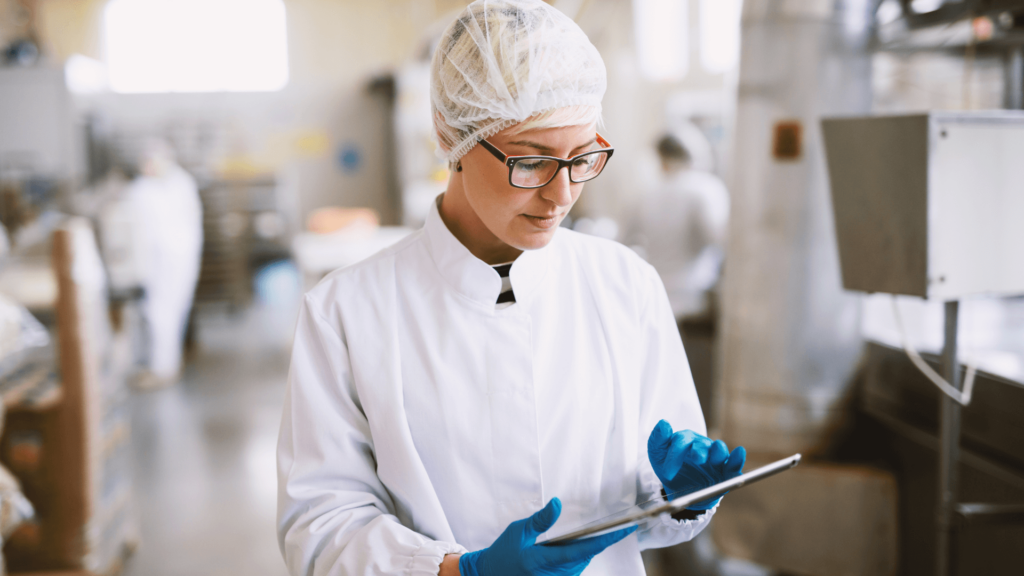Membrane technology is something that the food, beverage, and pharmaceutical industries widely use for purifying water, ingredient water, reuse, and recycling. While these systems offer reliable and consistent results, proper maintenance and monitoring are crucial to avoid issues like membrane biofouling which could lead to a range of problems.
According to a 2012 Membranes journal article, “Biofouling of Water Treatment Membranes: A Review of the Underlying Causes, Monitoring Techniques, and Control Measures,” nearly 50% of fouling issues in nanofiltration and reverse osmosis systems are caused by biofouling.
Some of the consequences of this issue include:
There are quite a lot of factors that influence how well organisms will adhere to a specific membrane, as can be seen in the table below:

Proper system monitoring is critical to detecting membrane biofouling early on and avoiding its harmful effects. There should be a constant monitorization of the following parameters:

Pre-treatment technologies are used before the membrane systems to reduce the bioburden and lower the frequency and severity of biofouling. Some of the most common pre-treatment technologies include:
UV disinfection is a low-maintenance, online system performance monitoring solution that offers numerous benefits over chlorination and ozonation. Unlike these oxidizing agents, UV uses irradiation instead of oxidation, so there is no residual impact on the membrane surface or creation of by-products such as NDMA, THMs, HAAs, and bromates. In addition, UV disinfection offers the added advantage of real-time system monitoring, reassuring that the system is operating correctly.
Biofouling is a common issue that can negatively impact the performance of membrane systems in the food and beverage industry and pharmaceutical industries. Monitoring parameters and implementing effective pre-treatment technologies can help minimize this problem. UV disinfection for industries such as pharmaceuticals is the best choice of the pre-treatment options available due to its low-maintenance, online system performance monitoring, and lack of residual impact on the membrane surface or by-product formation.
A full copy of the article “Biofouling of Water Treatment Membranes: A Review of the Underlying Causes, Monitoring Techniques, and Control Measures” can be found at: https://www.sciencetheearth.com/uploads/2/4/6/5/24658156/2012_nguyen_biofouling_of_water_treatment_membranes.pdf
Share: